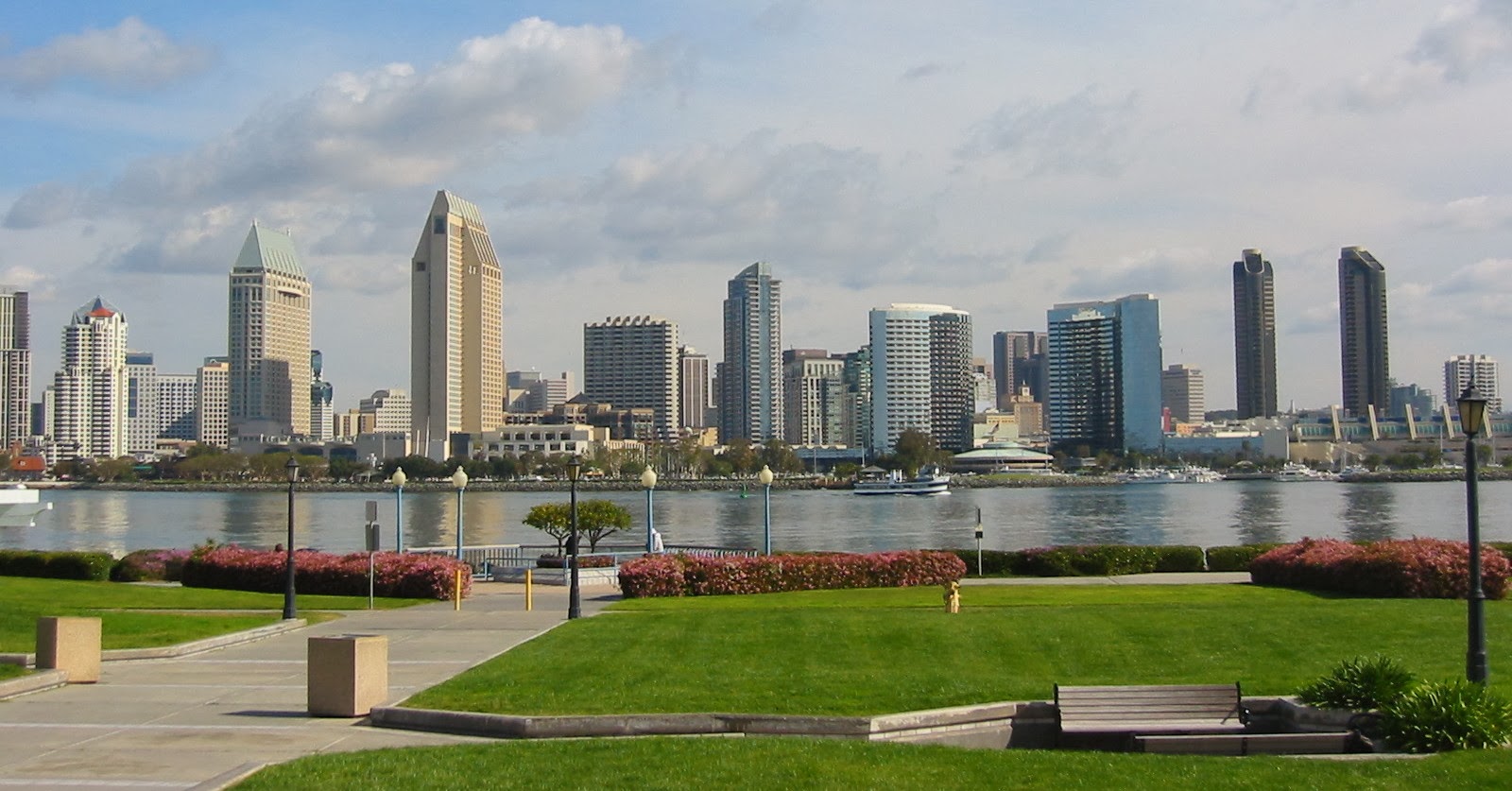Over the past few weeks we have been discussing 1031 exchanges and the requirements that must be met in order to have a tax-deferred exchange of property. We also discussed boot, the taxable benefits that are received as part of a 1031 exchange.
So what happens when you sell the property you received in a 1031 exchange? How do you calculate your gain?
The gain is calculated by taking the sales price and subtracting from that amount your basis and the selling expenses (gain = proceeds - (basis + selling costs).
Generally, basis is your original purchase price plus the cost of capitalized improvements less the depreciation allowable over the years. But is it the original purchase price of the relinquished property or the replacement property? Do you factor in the capital improvements and depreciation on the relinquished property?
In order to determine what your basis is in the replacement property, you start with your adjusted basis in the relinquished property at the time of the exchange. By adjusted basis, I mean you start with the original purchase price and adjust that by any capital improvement and depreciation allowed.
Next, you increase your basis by:
- The amount of cash you paid to the other party;
- The value of any other property given to the other party;
- Any liabilities you assumed in the exchange; and
- Any gain you recognize.
Finally, you decrease your basis by:
- The amount of cash you are paid;
- The value of any other property you receive;
- Any liabilities assumed by the other party (that you are relieved of); and
- Any loss you recognize.
As you may have noticed, the adjustments to the basis is primarily boot.
Lets look at an example of how to calculate the basis of the replacement property.
Several years ago you purchased a property for $200,000. You paid $40,000 cash and financed the rest. Over the years you made $50,000 of capital improvements and have taken $30,000 of depreciation. You have also paid off $10,000 of the mortgage. Your property now has a fair market value of $500,000, and you enter into a 1031 exchange to acquire a property with a fair market value of $600,000. That property is subject to a mortgage of $200,000. You also agree to pay the other party $50,000 cash.
First, we have to determine what your basis in the relinquished property was. You purchased it for $200,000. We add to that amount the $50,000 of improvements and subtract the $30,000 of depreciation. That means your relinquished property had a basis of $220,000.
Next, we have to increase that basis by the cash you are paying to the other party and the debt you agreed to assume. That means you will be increasing the basis by $250,000 ($50,000 cash plus $200,000 liability assumed).
Finally, there was debt relief of $150,000. That means you decrease the basis by $150,000. That means your basis in the replacement property is $320,000.
If you have questions about this formula or about 1031 exchanges in general, please send me an e-mail.

No comments:
Post a Comment